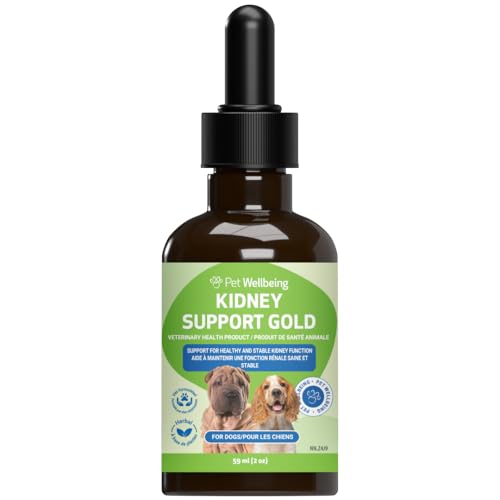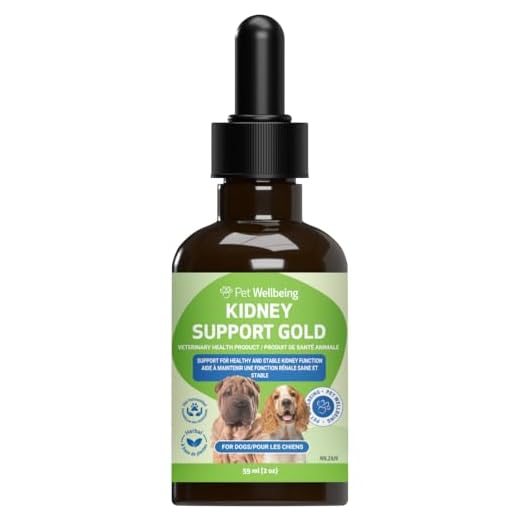




It’s always concerning when our furry friends start behaving differently at mealtime. As a pet owner, I’ve noticed there are times when our companions suddenly lose interest in their favorite treats. This unexpected shift can be puzzling and even a bit alarming. I want to share some insights and experiences that might help others who are facing this issue with their beloved animals.
There can be numerous reasons for this sudden disinterest in meals. It’s important to consider various factors that might be influencing this behavior. From health concerns to environmental changes, each potential cause requires careful consideration. By understanding the possible reasons, we can take appropriate steps to ensure our pets remain healthy and happy.
In this article, I’ll explore some common and not-so-common explanations for why our pets might lose their appetite. I hope that by shedding light on these factors, we can better understand and address the needs of our four-legged family members. Let’s delve into this topic and discover how we can support our pets through these changes.
Possible Health Issues to Consider
When our furry friends exhibit changes in their eating habits, it’s natural for us to be concerned. There are various medical reasons that could be influencing their appetite. It’s essential to recognize these potential issues to ensure the well-being of our companions.
One possible concern is dental problems. Just like us, pets can suffer from toothaches, gum disease, or other oral discomforts that make eating painful. Regular check-ups with a veterinarian can help identify and address these issues early on.
Gastrointestinal issues might also be at play. Conditions such as gastritis, pancreatitis, or intestinal blockages can cause discomfort and lead to a reduced interest in meals. Observing any additional symptoms like vomiting or diarrhea can provide important clues.
Sometimes, systemic illnesses affect appetite. Diseases like kidney failure, liver problems, or diabetes can significantly impact how our pets feel and their willingness to eat. These conditions often require thorough diagnostic tests and long-term management.
Infections, whether bacterial, viral, or parasitic, can also play a role. These can range from mild to severe and often affect energy levels and eating patterns. Monitoring overall health and seeking veterinary advice when changes occur is crucial.
Lastly, pain from injuries or chronic conditions such as arthritis can influence eating behavior. If our companions are in pain, their priorities might shift away from food. Identifying and managing pain effectively can improve their quality of life and appetite.
By staying attentive to these potential health issues, we can take proactive steps to support our pets and ensure they remain happy and healthy.
Behavioral Reasons for Changes in Eating Habits
As a pet owner, it can be quite concerning when our furry companions suddenly lose interest in their meals. Various behavioral factors can influence their appetite, and understanding these can help us address the underlying issues and ensure their well-being.
Changes in Routine
Pets thrive on consistency, and even minor alterations in their daily schedule can lead to changes in their eating patterns. This can include:
- Adjustments in feeding times
- Altered walking schedules
- New household members or other pets
Emotional Factors
Emotions play a significant role in our pets’ appetite. Just like humans, they can experience a range of feelings that impact their desire to eat. Some common emotional triggers include:
- Stress due to loud noises or unfamiliar environments
- Anxiety from separation or changes in their immediate surroundings
- Boredom or lack of stimulation
By recognizing these behavioral influences, we can take steps to provide a stable and comforting environment, helping our beloved companions regain their appetite and maintain their health.
Environmental Changes Affecting Appetite
It’s fascinating how much our pets’ eating habits can be influenced by their surroundings. Just like us, they are sensitive to changes in their environment, which can lead to fluctuations in their desire to eat. In this section, I’ll explore how various environmental factors can impact your pet’s appetite and what you can do to help them adjust.
New Surroundings
When we introduce our furry companions to a new environment, whether it’s a new home, a temporary stay, or even a rearrangement of familiar spaces, it can be overwhelming for them. The unfamiliar sights, sounds, and smells can create a sense of unease, leading to a decrease in their enthusiasm for eating. To mitigate this, I recommend creating a quiet, comfortable feeding area where they can eat without distractions or stress.
Seasonal Variations
Just as seasonal changes affect our routines, they also influence our pets. During hotter months, they might eat less due to the heat, while colder temperatures could increase their caloric needs. It’s important to observe these patterns and adjust their feeding schedule and portions accordingly. Providing fresh water and possibly cooling or warming their food can also make a significant difference.
Understanding these environmental influences allows us to better support our pets and ensure they maintain a healthy and balanced diet, even amidst changes in their surroundings.
Steps to Encourage Your Pet to Eat
Sometimes our furry friends lose interest in their meals, and it’s important to know how to gently encourage them to regain their appetite. In this section, I’ll share some practical methods to make mealtime appealing again. By understanding a few key strategies, we can help our companions enjoy their food once more.
Here are some effective approaches to stimulate your pet’s interest in their meals:
| Strategy | Description |
|---|---|
| Establish a Routine | Consistency can create a sense of security. Serve meals at the same time every day to build a predictable schedule. |
| Warm Up the Meal | Heating the food slightly can enhance its aroma, making it more enticing for your pet. |
| Introduce Variety | Adding a small amount of a new ingredient can pique curiosity and add flavor, such as a spoonful of plain yogurt or a bit of cooked chicken. |
| Reduce Treats | Limiting snacks between meals can increase hunger, making your pet more eager to eat their main meals. |
| Create a Calm Environment | Ensure the eating area is quiet and free from distractions, allowing your pet to focus on their meal. |
| Check the Bowl | Sometimes, the type of bowl can affect eating habits. Experiment with different materials like stainless steel, ceramic, or glass to see which your pet prefers. |
| Positive Reinforcement | Praise and pet your companion when they show interest in their food to reinforce good eating behavior. |
By applying these steps, we can help our furry companions find joy in their meals again. Remember, patience and observation are key in discovering what works best for them.






